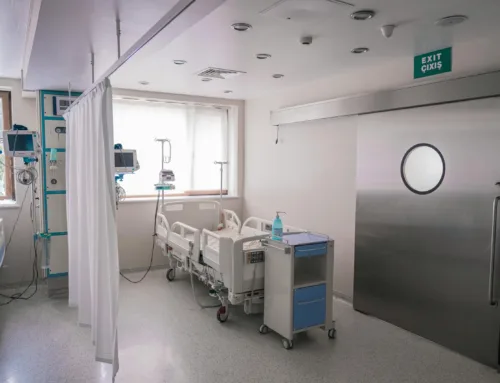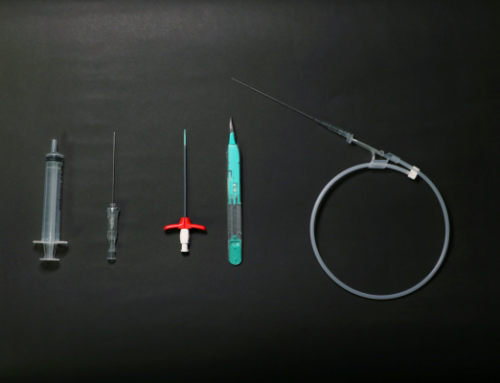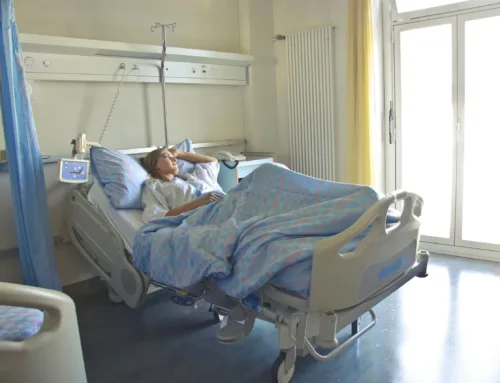Basilar artery occlusion (BAO) leads to a catastrophic stroke syndrome that…carries a risk between 40-80 percent death and severe disability.
Basilar artery occlusion (BAO) leads to a catastrophic stroke syndrome that despite advances in acute stroke management that includes timely thrombolysis with tPA, a potent clot breaker, and interventional procedures including mechanical thrombectomy carries a risk between 40-80 percent death and severe disability. Approximately 25% of acute BAO occur without any preceding symptoms and the symptoms include acute vertigo (dizziness), nausea, and headache.
Symptoms of BAO consist of disabling vertigo that makes movement impossible with any positional change associated with vomiting. Essentially these patients have “sea sickness” on land. Other symptoms include headache, neckache, hemiparesis, double vision, slurred speech, numbness on one side of body, and tinnitus (ringing in ear). Acute vertigo with nausea along with other findings consistent with stroke must lead to an emergency room visit for evaluation that include a CT angiogram to rule out basilar artery stenosis or occlusion. Treatment will require a mechanical thrombectomy with or without thrombolysis.
My legal team understands that issues of time, to prove liability for severe disabilities caused by stroke that could have been avoided…” – Dr. Greg Vigna
Locked-in syndrome (LIS) maybe the result of BAO which is a condition where there is complete paralysis or near complete paralysis of both arms and legs with only eye movement spared with cognition intact.
Greg Vigna, MD, JD, Physical Medicine and Rehabilitation physician, national pharmaceutical injury attorney, and Certified Life Care Planner explains, “The medical management of large vessel occlusion strokes has improved outcomes tremendously. Especially with anterior vessel occlusion as these patients who were destined for a life of disability are now walking out of the hospital instead of requiring months of rehabilitation and hands on care at home. The key is time to thrombectomy. Earlier the better.”
Dr. Vigna explains, “Basilar artery occlusion in a majority of patients results in severe disabilities and death in a majority of patients despite timely thrombectomy but has good outcomes in the subtype of basilar artery occlusion caused by an embolism without vertebral artery stenosis or occlusion. My legal team understands that issues of time to thrombectomy, standards of care, and outcome data is necessary to prove liability for severe disabilities caused by stroke that could have been avoided by competent medical care.”
Dr. Vigna adds, “Especially with the COVID-19 pandemic, which is recognized as having a significant increase in thrombotic or clot forming complications in young people with no risk factors for peripheral vascular disease, early CT angiograms must be carried out in any patient with symptoms of a stroke.”
Greg Vigna, MD, JD is a California and Washington DC lawyer who focuses on catastrophic neurological injuries cause by the vaginal mesh, brain injuries, spinal cord injuries, brachial plexus injuries, and medical malpractice. He is Board Certified in Physical Medicine and Rehabilitation.
The Vigna Law Group is a national neurological injury law firm that co-counsels with leading trial attorneys across the country to achieve justice.
https://www.ahajournals.org/doi/pdf/10.1161/01.STR.21.8.1135
https://doi.org/10.1148/radiol.2019181924
Click here for a FREE BOOK on Pelvic Mesh Pain: https://vignalawgroup.com/publications/





